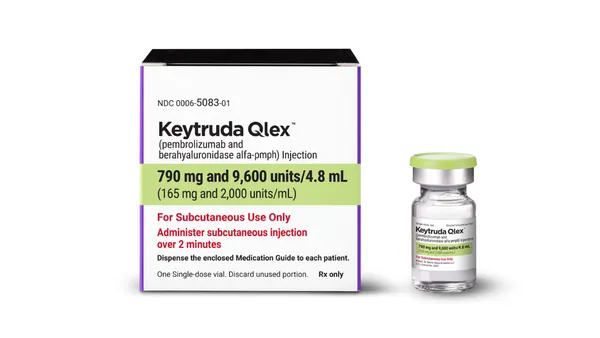Winds of Change Letter from the Editor By Daniel Limbach You may have recently noticed fewer TV spots for allergy medications, cholesterol-lowering drugs, and erectile dysfunction pills. 2005 was a year of change for pharmaceutical advertisers, with some big players walking off the field, preferring to sit on the bench and wait for a break in the weather. In November 2004, Pfizer pulled its Viagra TV spots after regulatory pressure and realized only a 3.8% drop in revenue five months later. Has the industry been overestimating the importance of TV, or has the medium just become impotent? Len Tacconi, executive director of corporate communications at Merck & Co., believes the challenge with DTC is determining which segments of the population would best benefit from the product to be advertised and then presenting the unique attributes within the boundaries of the approved label to be communicated. In a pre-emptive move, the industry is trying to regulate itself, talking of a one-to-two year moratorium on DTC ads after a new product launch. If this becomes the standard, millions or even billions of dollars allotted to advertising budgets will be available for other tactics in 2006 and beyond. Will this money go back in to the corporate coffers or maybe into R&D? This seems unlikely. Disease-awareness advertising is more important than ever, and the industry will support even more unbranded forms of communication. The goal will be to create new conversations between patients and physicians, which hopefully will lead to more accurate diagnoses and appropriate treatments. Advertisers are turning to other media to tell their story, and the Internet is expected to be one of the main benefactors of the pull back from DTC. “Given that Internet access is now so common among U.S. consumers and nearly ubiquitous among practicing physicians, we see the Web as a mainstream channel to leverage both physician and consumer promotions,” says Craig Lewis, senior VP, U.S. marketing, at Shire Pharmaceuticals. Additionally, dollars will flow from DTC budgets to the professional/physician side. Another key influencer is the launch of Medicare Part D. Delivering key information and messages to formulary committees has become critical. Likewise, payers as customers have become a prominent audience. Without as much consumer branding, physicians will have more influence over what drugs their patients use. In the past, a patient could tell his doctor he wanted Levitra because Mike Ditka uses it. If new drugs aren’t advertised via the mass media, this celebrity-type influence vanishes, and the doctor once again is the chief provider of information to patients. Hence, it’s back to Marketing 101: marketers who influence the doctor, influence the patient. If DTP marketing is indeed more crucial than ever, the predicted reductions in salesforces may not occur until the DTC issue stabilizes. Without mass-media ads, companies will not want to lose the feet on the street during a new product launch. The FDA is the wild card in the advertising game. Regulators may wait and see what practices the industry adopts. It could be days, months, or even years before regulators make any definitive ruling. VIEW on Advertising March 2006 Daniel Limbach Managing Editor VIEW publications
An article from


Letter from the Editor
Filed Under:
Commercialization










